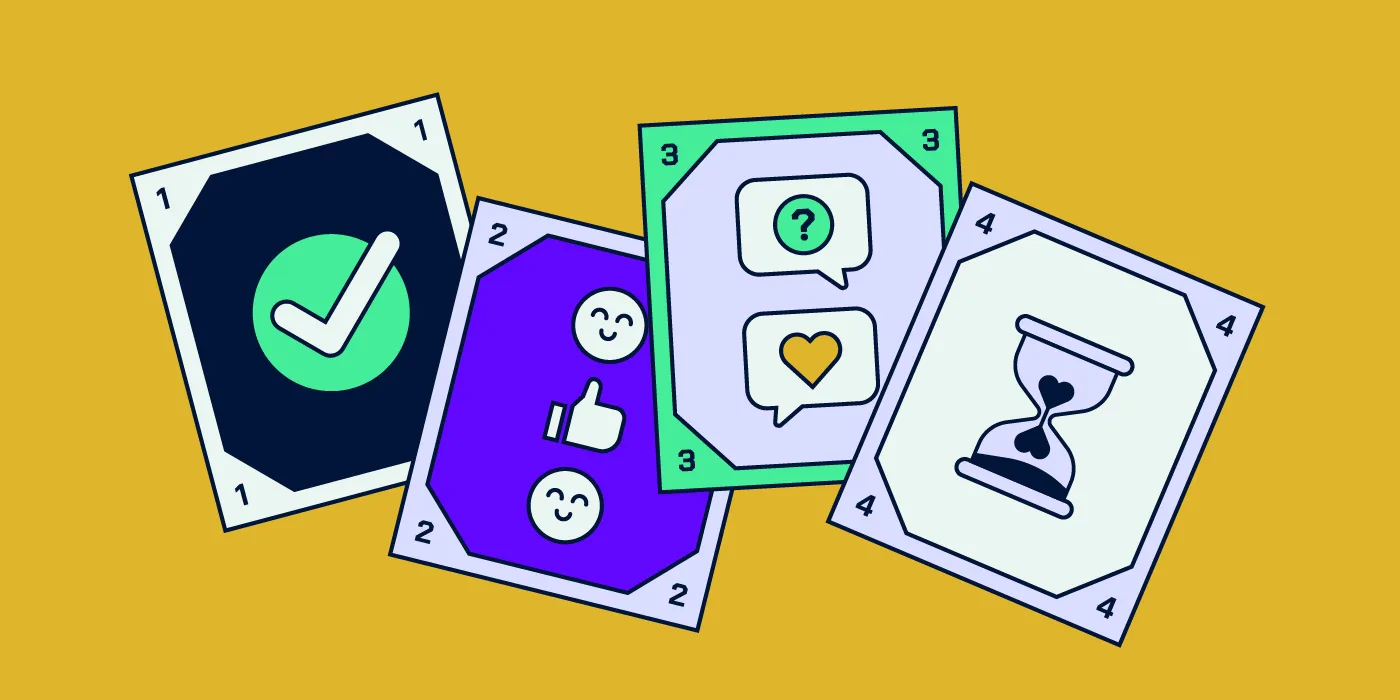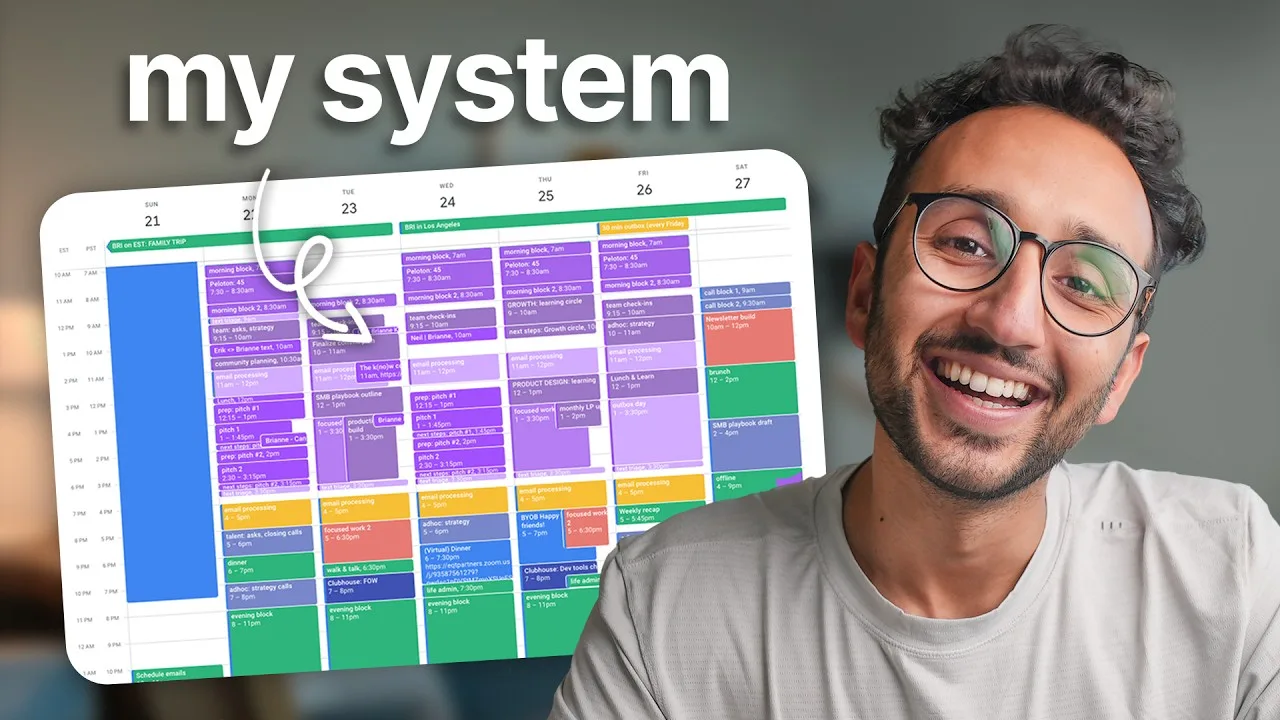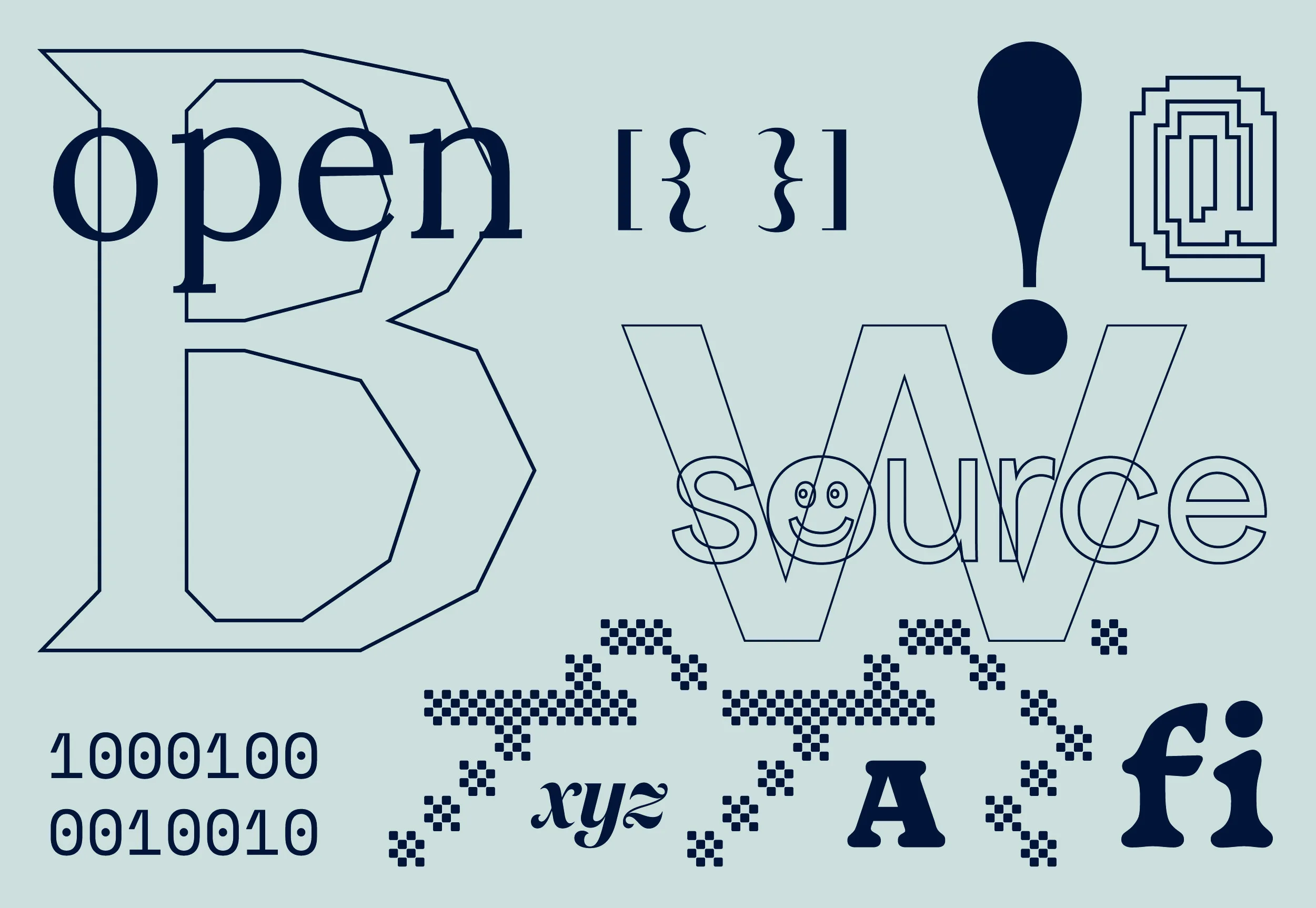Dear Amigos,
We have inside-the-industry advice from one outstanding product manager in Colombia: Laura Martínez, a designer who has challenged the status quo by creating self-initiated projects in technology, and collaborating with startups that have positively impacted the Colombian community and Latin America. From Designer to Manager, Laura shares with us 4 pieces of design advice that helped her overcome some of the most common mistakes we make as designers.
Over 8 years ago, I transitioned from Product Designer to Product Manager, crafting products from scratch at various startups and learning invaluable lessons along the way. Here, I share design advice drawn from my experiences, which I’m sure will help you excel as a professional. Take it with a pinch of salt, and adapt it to your specific field context.

1. Done is better than perfect
“Done is better than perfect, because perfect never gets done”
A few years ago, when someone called me “perfectionist” It felt like a compliment, mistaking it for being rigorous. But in the fast-paced startup environment, I learned that perfectionism can be a trap. Quick, effective actions are vital; there’s no room for the paralysis of overthinking.
To counter perfectionism, differentiate between rigor and perfection. Rigor is driven by a desire for growth and mastery of your craft, while perfectionism stems from fear of failure and external judgment.
Do you find yourself stuck in endless research, feeling exhausted without making tangible progress, or questioning your work a million times before sharing it? If so, you might be grappling with perfectionism, a trait that can hinder creativity, elevate stress, and block opportunities — believe me, I’m saying this from first-hand experience.
Practical exercises to overcome perfectionism
- Embrace the 70% rule, aim for completion, not perfection. Periodically review your work and ask yourself: Does it meet 70% of your expectations? If the answer is yes, it’s ready to be shown to the world.
- Remember the word “iteration” when perfectionist thoughts arise; it’s something I constantly repeat to myself when I feel paralyzed. The quicker you show what you’re working on, the faster you’ll be able to iterate and improve it. I promise that over time it will become a habit and you’ll get out of the rut more quickly.
- Request constructive criticism more often, perfectionists typically shy away from feedback and teamwork. However, rarely does anything very good come from just one mind. So, try to expose yourself as much as possible to others’ feedback. Starting a project today? schedule 10 minutes tomorrow to discuss your initial ideas with a colleague. This approach will prepare you better and lead to a stronger outcome by the deadline.
Resources that may be helpful
- Struthless, an Australian designer and YouTuber, makes videos on design and personal growth, including overcoming perfectionism and the 70% rule.

- Mindset: The New Psychology of Success —This book fundamentally changed my life and the way I think. If you’re gonna pick just one resource, let it be this one. Huge thanks to Carol S. Dweck 🤍 for blowing my mind!

2. Serve your audience, don’t just create things you like.
I’ve noticed some common factors that lead to poor design:
- Ego vs. Empathy: Design decisions are often based on what designers and managers find important, overlooking the end user’s context.
- Insufficient Design Feedback: Overlooking some use cases or making aesthetic choices that harm usability.
- Execution Problems: Changes in the design-to-development implementation that compromise the user experience.
- Lack of Adaptability: Designs that fail to account for different user types and contexts (e.g. device type).
Most issues can be mitigated by refining processes, adjusting QA, and enhancing feedback rigor. Yet, ego-driven design is particularly harmful as it blinds teams to the real needs of users, affecting their projects and overall design career. Remember: Design is about solving problems FOR specific audiences.
Practical exercises to overcome ego-driven design
- Caught up in your own preferences? Stop and ask yourself: Does this solve the user’s problem? Would our user persona grasp this? Do they have enough context to understand? Many teams create detailed personas to remember whom they’re designing for. If it boosts your empathy, name your persona and walk in their shoes.
- Gain deep insights into your audience through interviews, research, data analysis and constantly talk with customer-face teams as the support team.
- Develop your empathy by reading extensively about people and humanity. I’ll let you some recommended reading below.

Readings that might be helpful
- How to Win Friends & Influence People
- Sapiens: A Graphic History: The Birth of Humankind — The graphic version is perfect if lengthy books overwhelm you.
- The Design Of Everyday Things — for practical insights into user-centric design.
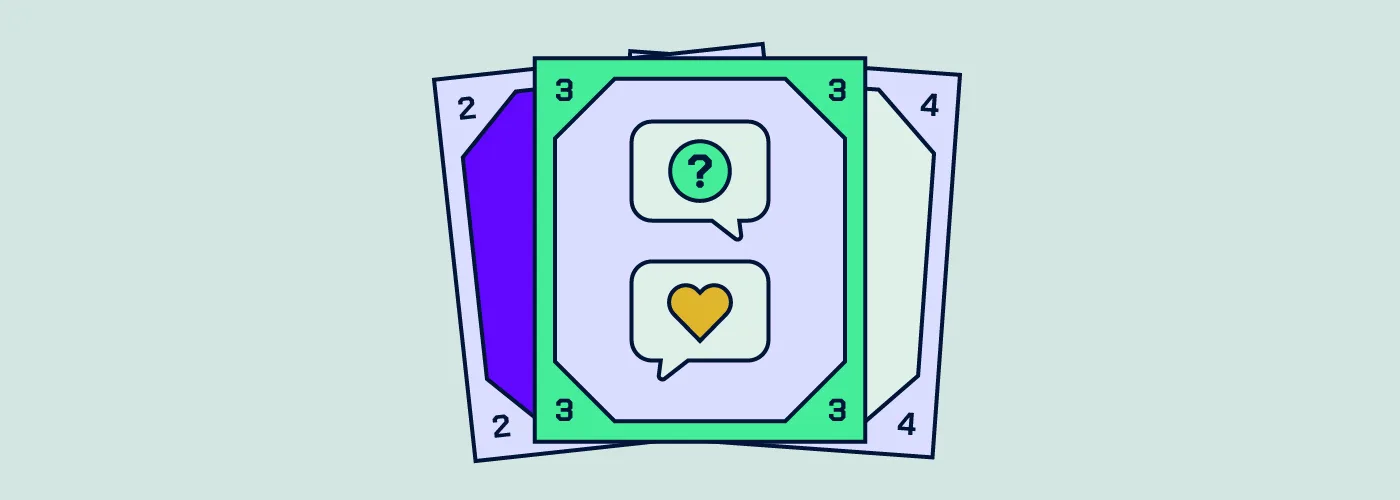
3. Look for a new angle. Show your work and ask for feedback:
Remember, design is shaped by small decisions: layout A outperforms B due to better user flow, navigation A is more intuitive than B, and so on. Therefore, receiving feedback from different viewpoints helps you gain more perspective on things you might not be seeing. The more you can anticipate the pros and cons of the decisions you’re making, the better decisions you will make.
Practical exercises to receive feedback
- Keep in mind that feedback is not about you, but about a solution you are proposing. Don’t take it personally.
- Remember you want to build a solution for your audience that is: obvious, easy to use, valuable, and skillfully crafting. Focus critique sessions on understanding if the solution is meeting those principles.
- Plan the meetings. It’s an opportunity for many minds to collaborate. Designers sometimes struggle to convey their ideas and attend meetings unprepared, wasting everyone’s time. Prepare for potential questions, organize a clear agenda, and lead the meeting to gain the most benefit for each person.
Resources that may be helpful

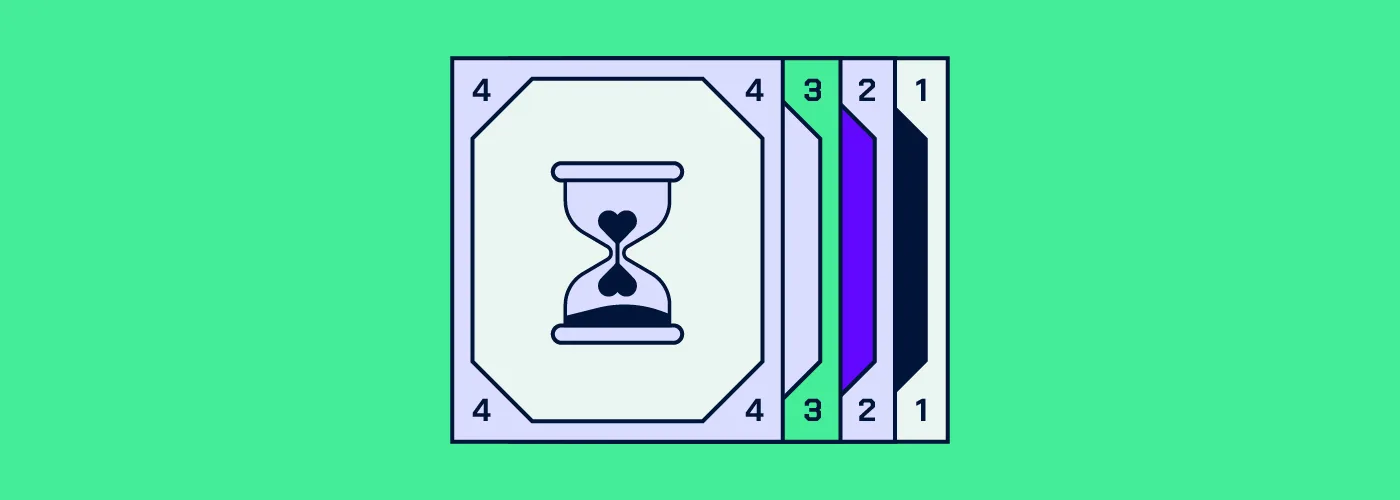
4. Value Your Time: It’s All You Have
To make truly impactful contributions, you must learn to prioritize your time wisely. It’s common to get bogged down with many small tasks that gradually turn into an endless giant snowball. Prioritize tasks with your manager and decline others to meet your goals.
Always try to have a clear understanding of your company’s and team’s priorities. If you ever feel that what you are doing is not aligned with those goals, speak up and discuss it with your manager.
Time management is something we all struggle with, and like most lessons it is easier said than done, but we must begin to forge habits that make us a little better every day.
Practical exercises to prioritize better
- Whenever you feel overwhelmed with an endless to-do list, stop and ask yourself: What’s important now?
- Try different ways to be productive and see what fits you best, and adapt them to each day’s needs. I like to use the Pomodoro technique on days without meetings and reserve a distraction-free hour for focused work in the morning on days packed with meetings.
Resources that may be helpful
- Ali Abdaal’s Youtube channel — Ali’s channel focuses on productivity. If you’re looking for some method ideas, I recommend watching some of his videos. But don’t get too caught up in it; it’s just one way to achieve a goal. Don’t over-optimize.
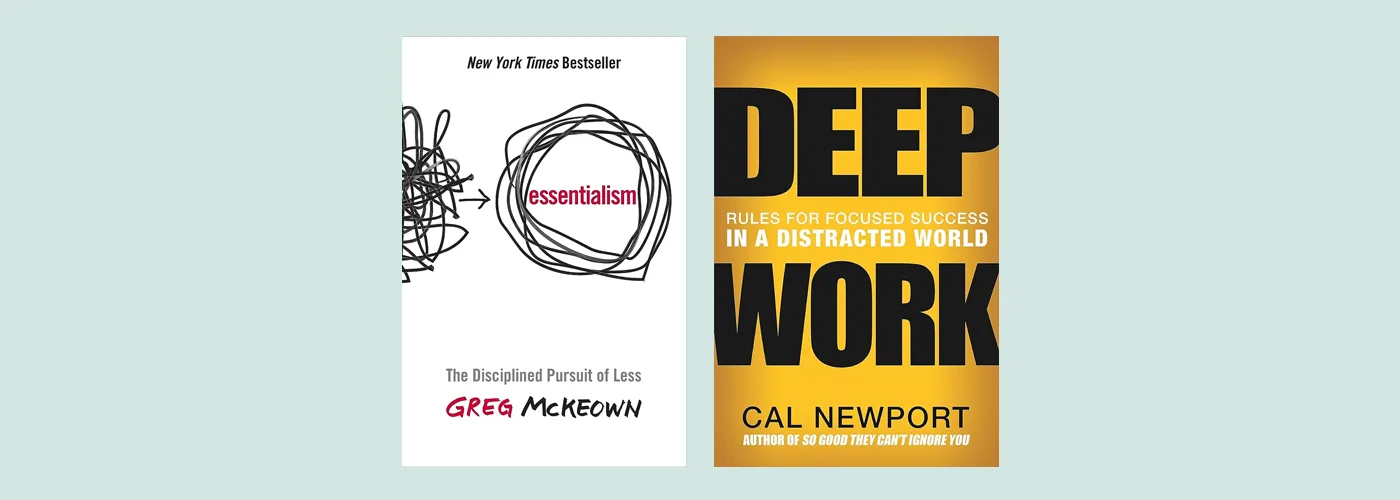
Amigos, We hope this design advice will help you reach the stars, and navigate your career in an easier way. If you want to learn more about Laura, make sure to check her Linkedin profile.
See you soon Amigos!
Since you’re really into design growth, check out these other articles:
